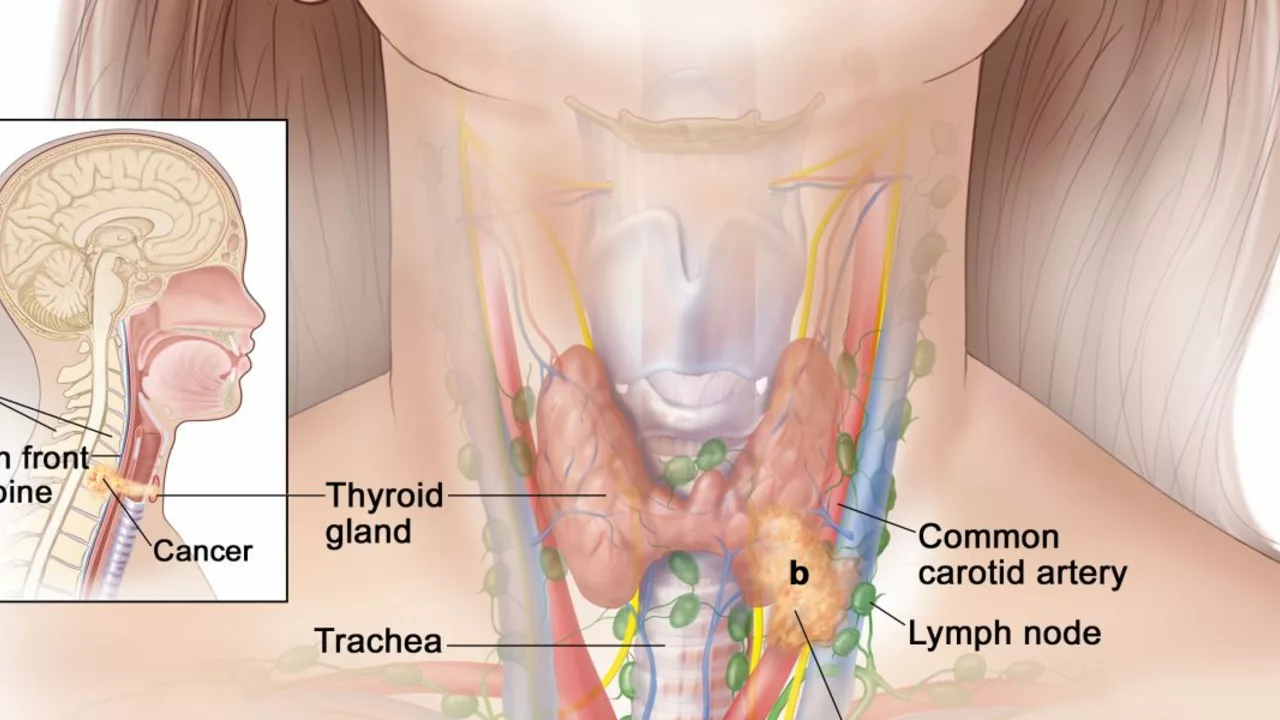Dry Skin: Simple, Practical Fixes That Work Fast
Dry skin is annoying, but most of the time you can improve it with a few smart changes. This guide gives clear, usable steps you can start today — from what to use in the shower to the best moisturizers and when to check with a doctor.
Everyday fixes that actually help
Keep showers short and warm, not hot. Hot water strips oils and makes skin feel tight. Use a mild, fragrance-free cleanser or a non-soap wash—products labeled "gentle" or "for sensitive skin" are good picks. Pat your skin dry so it stays slightly damp before you moisturize; that helps lock in water.
Pick a moisturizer with the right mix: a humectant (like glycerin or hyaluronic acid) to draw in moisture, an emollient (like ceramides or fatty acids) to smooth skin, and an occlusive (like petrolatum or dimethicone) to seal everything in. For hands and feet or cracked areas, use a thicker ointment or cream at night and wear cotton gloves or socks to boost absorption.
Use a humidifier in dry months or if your heating runs a lot. Also avoid alcohol-based toners and heavy scrubs; gentle exfoliation once a week is enough for flaky skin. For rough patches on elbows or feet, a product with 5–10% urea or lactic acid can help soften thick skin—start slowly and stop if irritation appears.
Quick morning and evening routine
Morning: cleanse with lukewarm water, apply a lightweight moisturizer, and always use broad-spectrum sunscreen on exposed areas. Evening: cleanse gently, then apply a richer cream or ointment while skin is still damp. If hands get dry from washing, keep a small cream by the sink and reapply after each wash.
For lips, use a petrolatum-based balm. For scalp dryness, try a gentle, sulfate-free shampoo and a leave-in conditioner or scalp oil if needed. Patch-test any new product on a small area before using it widely.
Medications and medical conditions can cause or worsen dry skin. Oral retinoids, some diuretics, and other drugs may dry you out or change skin texture. If you suspect a medicine is the cause, don’t stop it on your own—ask your prescriber for options or supportive treatments like topical moisturizers or temporary dose adjustments.
Watch for signs that need professional care: severe cracking or bleeding, spreading redness, swelling, pain, pus, or sudden widespread dryness. These can mean infection or a skin condition that needs prescription treatment. Also get help if dryness is tied to other symptoms like weight change, fever, or extreme thirst.
Little habits add up. Swap harsh soaps for gentle cleansers, moisturize immediately after washing, use thicker creams at night, and add a humidifier when the air is dry. These steps fix most cases of dry skin fast and keep it from coming back.
In my recent blog post, I discussed the link between thyroid deficiency and dry skin. I explained how an underactive thyroid can lower your body's sweat production, leading to dry and flaky skin. I also provided some helpful tips to manage these symptoms such as staying hydrated, using moisturizers, and eating a balanced diet. Regular check-ups are also crucial in monitoring your thyroid levels. This information can greatly aid those suffering from thyroid problems and are dealing with dry skin issues.
View Details
